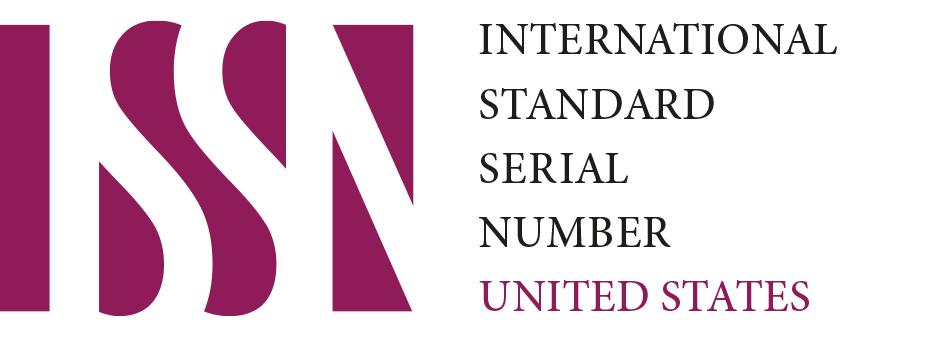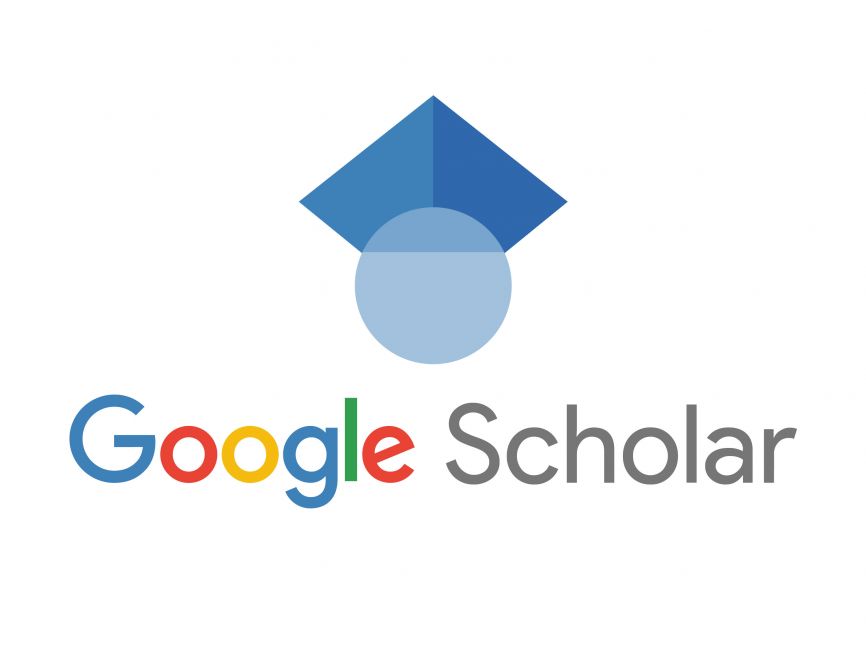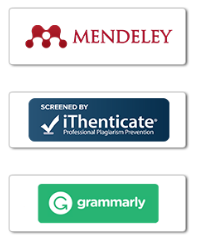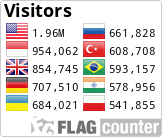Digital Literacy in the 21st Century Classroom: Bridging the Gap Between Technology Integration and Student Engagement
DOI:
https://doi.org/10.59613/global.v2i9.303Abstract
This study explores the role of digital literacy in enhancing student engagement in the 21st-century classroom, focusing on the intersection of technology integration and effective pedagogical strategies. As technology becomes increasingly embedded in education, teachers are challenged to not only integrate digital tools but also ensure that students develop the necessary digital literacy skills to succeed. The research examines how digital literacy influences student participation, motivation, and overall learning outcomes, drawing on both quantitative and qualitative data from classroom observations, student surveys, and teacher interviews. The findings reveal that while technology integration can improve access to information and create interactive learning experiences, the lack of digital literacy skills among students can hinder meaningful engagement. Additionally, the study highlights the importance of teacher training in digital pedagogy, as educators play a key role in fostering an environment that promotes active and critical use of technology. The study concludes with recommendations for developing digital literacy programs that not only focus on technical skills but also emphasize critical thinking, problem-solving, and collaboration. By bridging the gap between technology integration and student engagement, educators can create more dynamic and inclusive learning environments that prepare students for the demands of the digital age.
Downloads
Published
How to Cite
Issue
Section
License
Copyright (c) 2024 Dela Chaerani, Jakoep Ezra Harianto, Luqman Baehaqi, Deklin Frantius, Rahmadhani Mulvia

This work is licensed under a Creative Commons Attribution 4.0 International License.













